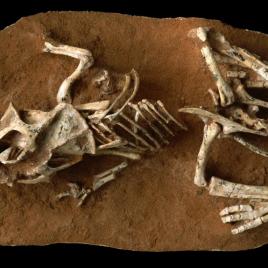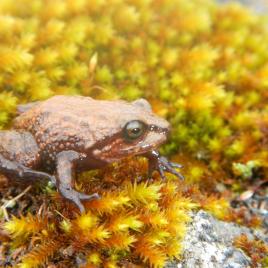What do Gabonese flowering plants, flightless weavils and a black-eyed satyr butterfly species all have in common? All these recently discovered species were named in honour of the British broadcaster and naturalist Sir David Attenborough. But no amphibians to date bore the famous BBC broadcaster’s name. The honour goes to a newly discovered freshbelly frog […]
Tag: reptiles

Dinosaur eggs resemble those of reptiles more than birds 
Birds are the closest living relatives of dinosaurs, which is why it was long assumed that dinosaur eggs developed similarly to avian embryos. But new research found that the incubation period for dinosaur embryos was approximately 3 to 6 months, which is closer to the development of reptile eggs. Researchers came to this conclusion after […]
Boa constrictors’ victims die of circulatory arrest, not suffocation
Boa constrictors do not kill their victim by suffocation, but by quickly stopping blood flow. When attacking, boas apply several loops of their body against the prey’s chest. This not only allows them to compress the vital organs directly, but may also enable them to monitor the victim’s heartbeat according to the researchers. Researchers inserted […]

